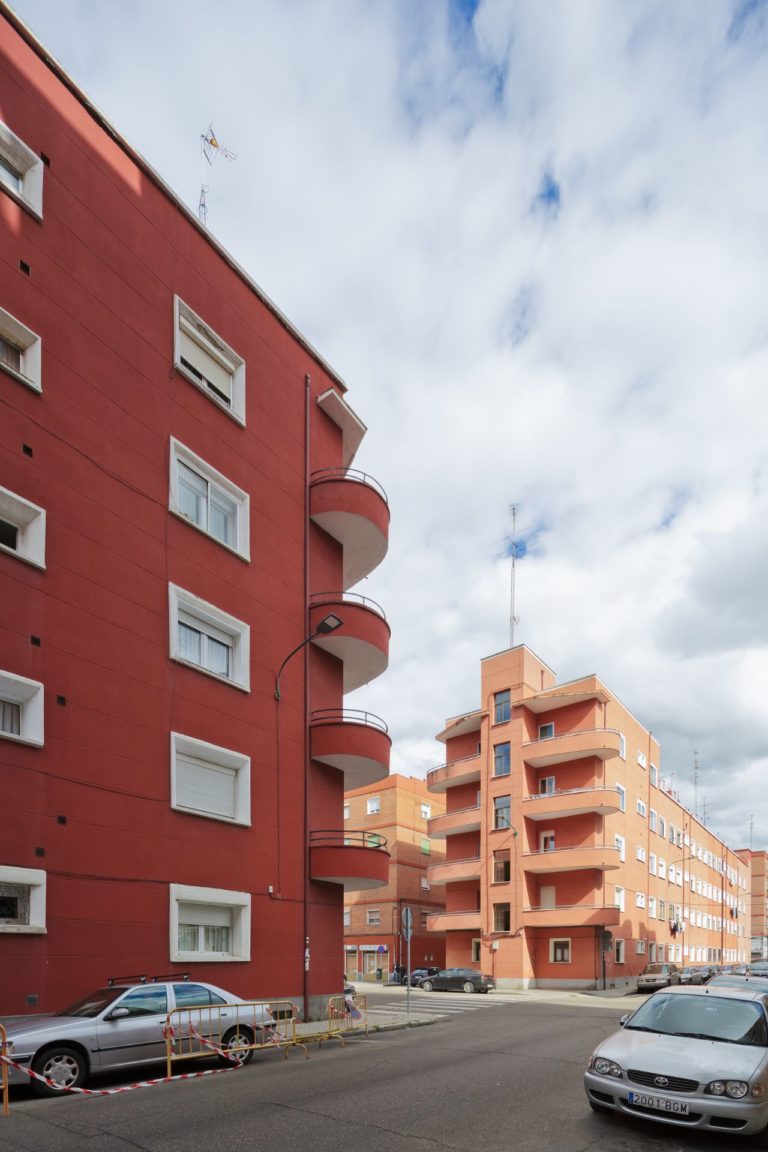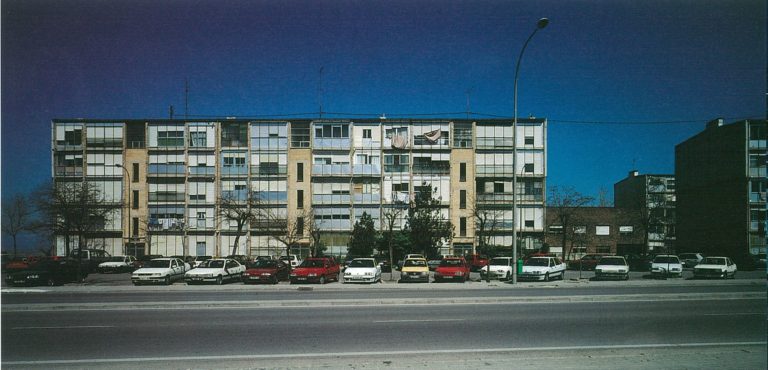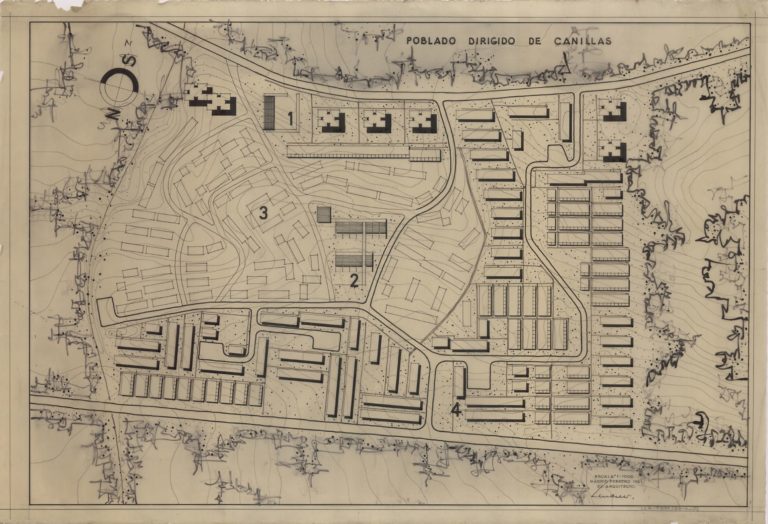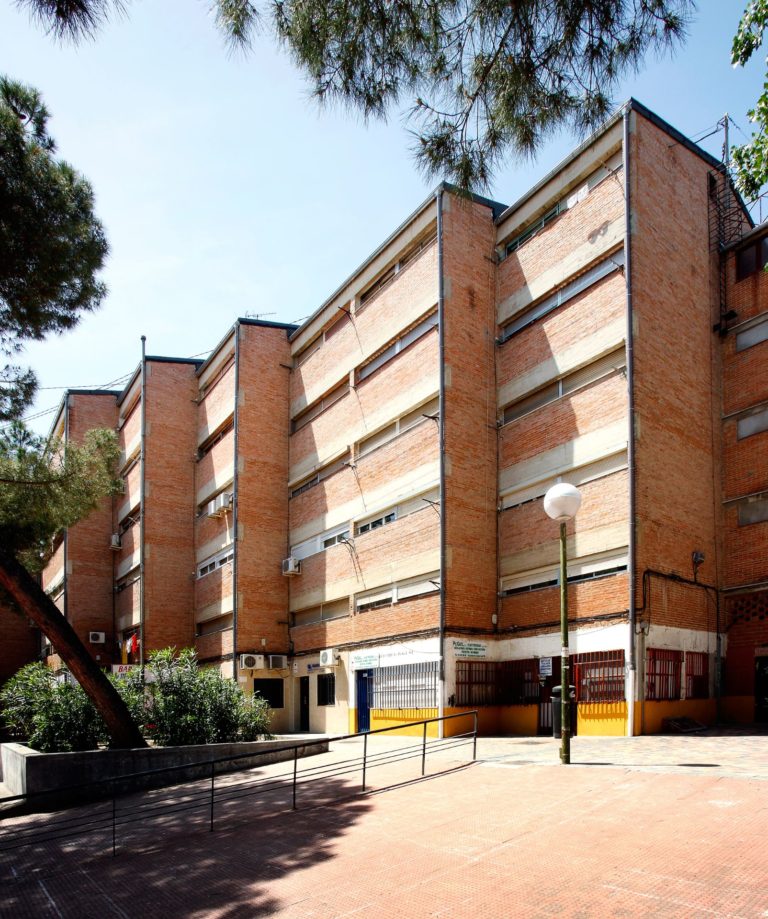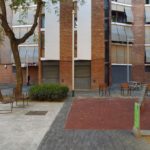
Viviendas para pescadores Grupo Almirante Cervera
Plaça del Llagut 1-11
08003, Barcelona, España

Viviendas de la Obra Sindical del Hogar
Avenida de los Reyes Católicos 1
49021, Zamora, España

Obra del Hogar Nacional-Sindicalista
Paseo de San Vicente 3, 5, 7, 9, calles Málaga 1, 2, 3, 4, Huelva 1, 3, Jaén 2, 4, 6, Cádiz 6, 8, Bilbao (antes Calle Clarencio Sanz) 1, 3, 5, 9, 11 y paseo de San Isidro 18, 20
, Valladolid, España

Edificio de viviendas dúplex en la Colonia Virgen del Pilar
Calles Mataelpino 1
28002, Madrid, España
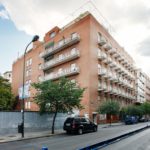
Edificio de viviendas para D. José Fernández Rodríguez
Calle Fernando el Católico 47
28015, Madrid, España

Viviendas del Congreso Eucarístico
Plaza del Congrés Eucarístic s/n
08027, Barcelona, España

Poblado de Absorción de Fuencarral B
Delimitado por las calles Isla de Java, Camino Alto del Olivar, la avenida del Llano y la plaza Sasamón
28034, Madrid, España
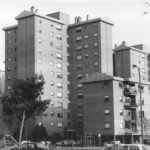
Poblado Dirigido de Entrevías
Avenida de Entrevías y ronda del Sur, entre FF CC Madrid-Barcelona y FF CC Madrid-Andalucía
28053, Madrid, España

Poblado Dirigido de Fuencarral C
Avenida Cardenal Herrera Oria/calle Manresa/calle Sabadell/calle Mataró/calle Badalona
28034, Madrid, España
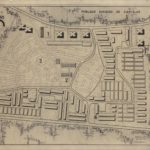
Poblado Dirigido de Canillas
Calle Nápoles/plaza de Nuestra Señora del Tránsito y Gómeznarro, Canillas
28043, Madrid, España
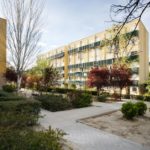
Poblado Dirigido de Caño Roto
Avenida Nuestra Señora de Valvanera/ calles Laguna, Ariza, Escalonilla, Gallur, Vía Carpetana y Glorieta de los Cármenes
28047, Madrid, España
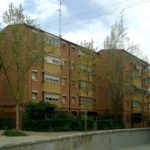
Gran San Blas, fase G
Delimitado por las calles Albaida, Hellín y Alberique
28037, Madrid, España

Poblado Dirigido de los Almendrales
Avenida Córdoba y calles Doctor Tolosa Latour, Hernández Requena, Tomelloso, Santuario, Hijas de Jesús y Santa Cruz de Mudela
28026, Madrid, España
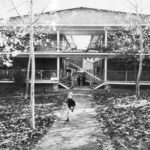
Unidad Vecinal de Absorción de Hortaleza
Calles Acebedo, Albuñol, Abertura, Abarzuza, Ahillones, Albatana, Alcaraz, Aldaya, Alfacar, Abegondo y Alcaudete. Altos de Hortaleza
28033, Madrid, España
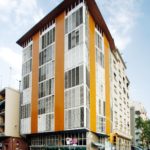
- 1937
-
- 1942
-
- 1947
-
- 1949
-
- 1950
-
- 1951
-
- 1952
-
- 1954
-
- 1956
-
-
-
- 1957
-
- 1958
-
-
- 1963
-


